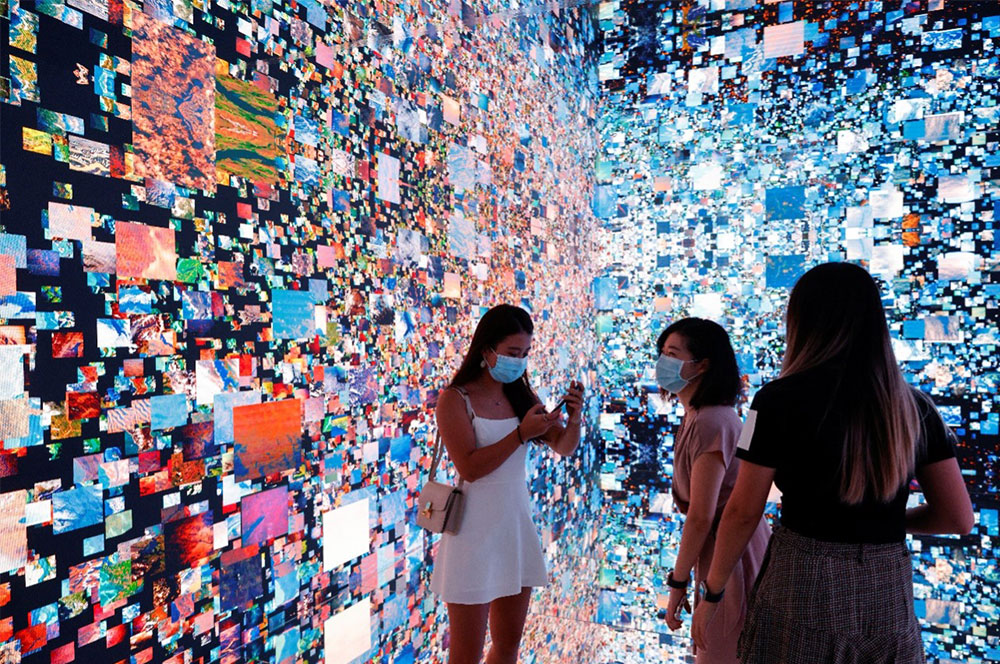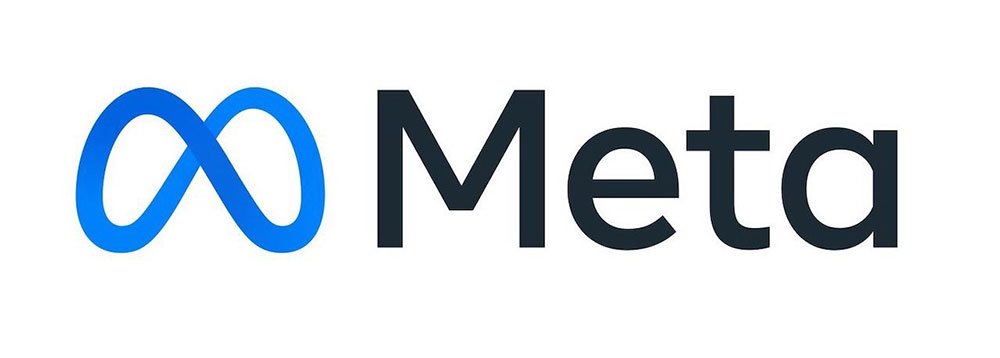Goodbye IoE, Hello Metaverse?
October 28, 2021
By Leigh Dow

The Internet of Things (IoT) is old news. Although relatively lesser known,
Gartner named the Internet of Everything (IoE) one of the most transformative innovations in 2012. It is already on its way out the door. As soon as a trend is called out as the next big thing, an emerging technology is fast at its heels. Meet the metaverse.
The metaverse is suddenly the center of attention. Today,
Facebook unveiled its plans to rebrand as Meta, and
earlier announced its intention to hire thousands of people to develop the ecosystem. Experts are calling the metaverse “the future of the internet”. How much do we actually know about the growing trend?
The tech world is slowly but surely moving towards the metaverse. We are investigating why.
What Is the Metaverse?
Unless you are deeply invested in sci-fi and superheroes (think “The Matrix” or “Watchmen”), you may not have crossed paths with the metaverse until now. In geeky pop culture, the metaverse is several universes intersecting into one. You know, all of the Spider-mans existing in the same place at the same time.
Here in the practical tech world, the metaverse is a more mature version of virtual reality (VR), built around a simulated world people access through the internet. It harnesses VR and augmented reality (AR) to give users a completely immersive digital space, borrowing straight from the playbook of Ernest Cline’s “Ready Player One”.
The metaverse allows users to walk around and explore virtual landscapes and interact with other avatars and items, and can involve the use of blockchain to buy virtual assets via cryptocurrency. Yes, you could probably even encounter a Spider-man or two.
Why Is the Metaverse Obsession Growing?
Here in tech, we expect our collective fascination with the metaverse is about to explode. Let’s unpack why it is such a major breakthrough for the internet:
- People use the internet to visit websites and communicate with each other through social media applications and messaging platforms. The metaverse reinvents the way people interact with each other, requiring a headset or VR device to view and move around the new digital space. It adds a new dimension to online spaces, allowing people to experience digital content instead of just viewing or reading it.
- Although you might be tired of hearing about it, COVID-19 played its own role in accelerating the metaverse. As the pandemic pushed people physically farther apart, it forced them to rely on online and virtual experiences to stay connected. Even with a huge percentage of the global population back to work and borderline normal life, the demand for a more immersive online space increased significantly over the past two years.
No, the metaverse does not actually exist right now. But there are several players poised to do everything in their power to make it a reality faster.
Facebook is gearing up to be a leader in the development. Microsoft claims it has the technology and resources to launch its apps. Epic Games, the creator of Fortnite, and several other gaming companies have already developed software and VR services for it.
There are others in the race to build the metaverse, including Snapchat, Apple, Roblox, Nvidia, and a handful of start-ups focused on the necessary technology.

How Will the Metaverse Replace the IoE?
The IoE refers to ecosystems connecting individuals, data, devices, and processes to develop a richer, more immersive experience. It is essentially a more evolved form of the internet we have always known. Even though it is just two decades since our lives started revolving around the big WWW, it is pretty impossible to imagine life without it.
Before it went mainstream, we did things physically without a second thought. We printed paper resumes. We drove to a travel agent to plan vacations and book plane tickets. We walked into restaurants to order food.
We talked to our friends, to their actual faces, in the same room.
Slowly and almost imperceptibly, the physical world merged with the digital. Those physical actions were then completed within seconds through websites, and are now completely replaced by apps. This is our new phygital experience.
What comes next? If the metaverse is everything we imagine it to be, you will wear your VR-AR headset to immerse yourself in the places you want to visit. You will explore a new city, review its destinations, get up close to dishes you want to order, and engage with people as if they were right in front of you.
At least, that is what we think comes next based on the technology we are already using today.
One thing is certain: the metaverse will change the paradigm once again. People will feel more connected to each other, even if they are miles or poles apart. Physical ailments will not impede cyber travelers. Our phygital selves will move through landscapes and engage with the metaverse in ways we have not yet dreamt. At the same time, as those limitless possibilities expand, so does the threat landscape. The more intertwined our real lives and reputation become with our digital personas, the more diligent we must be to secure and verify our identities.